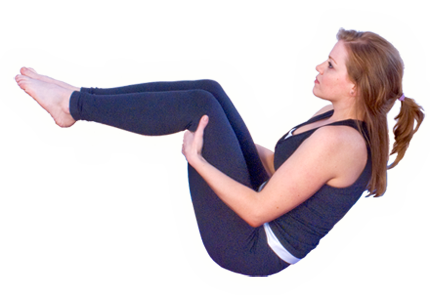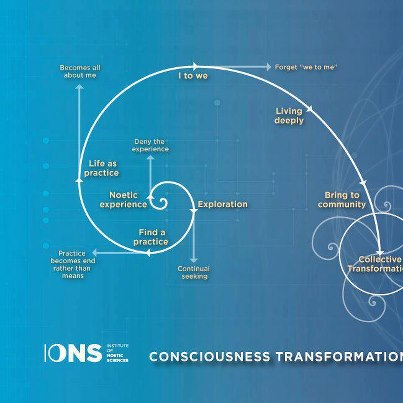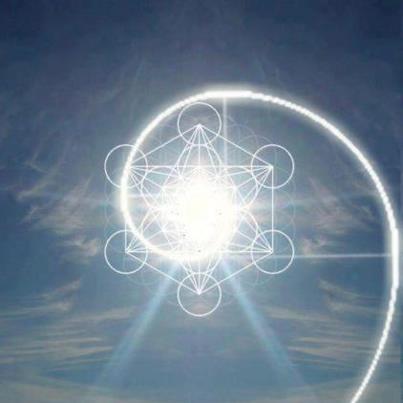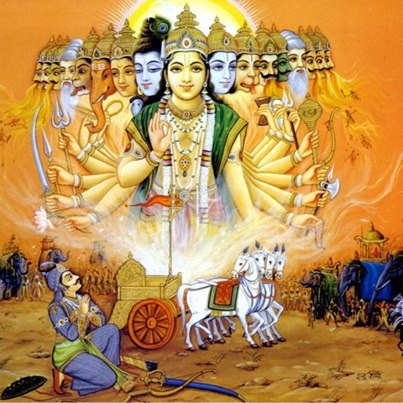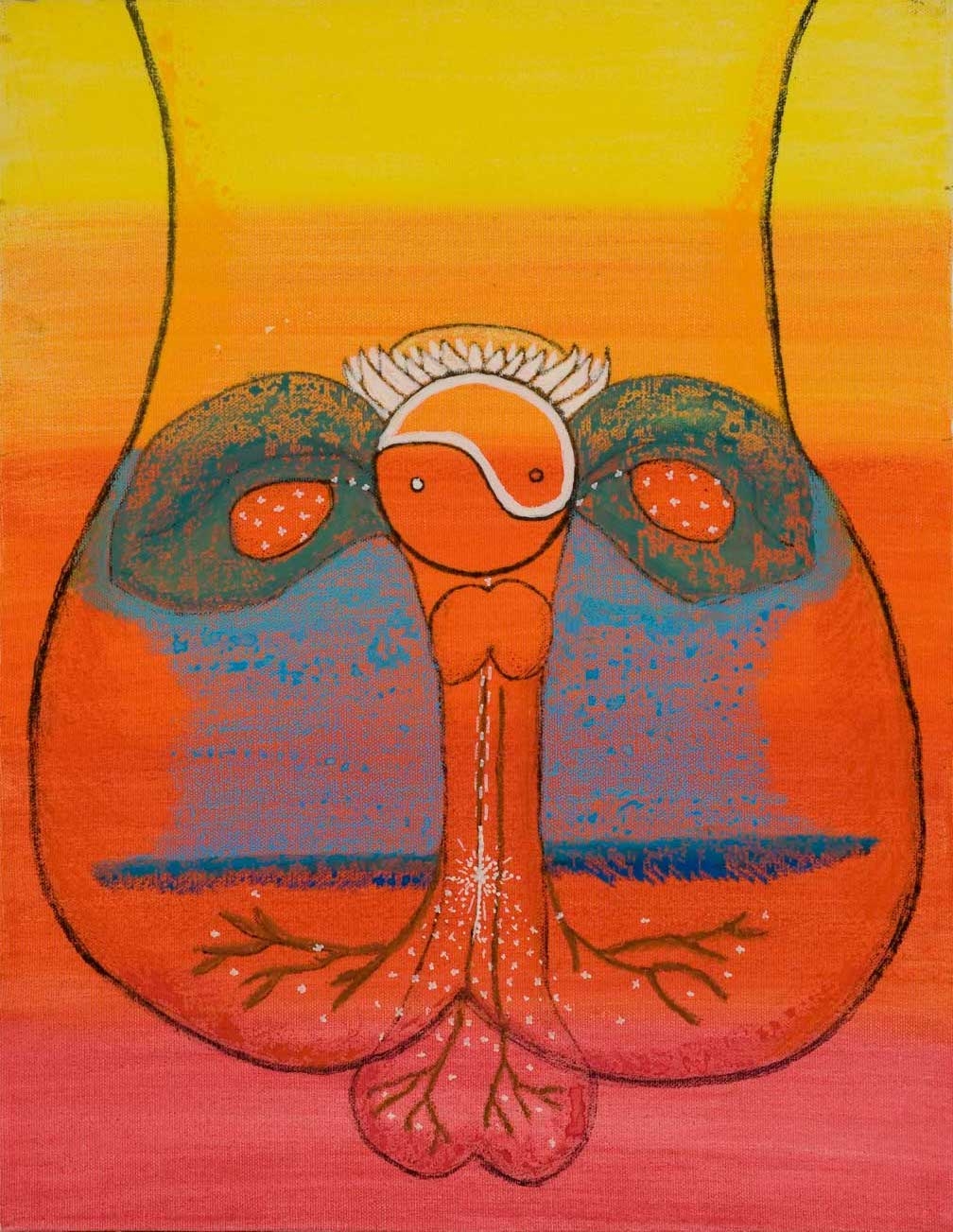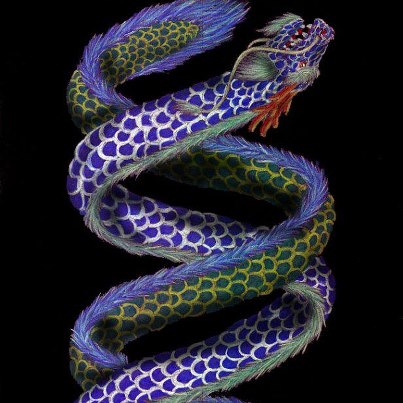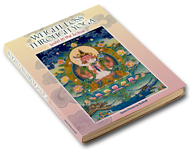Monthly Archives: June 2024
Weight Loss Through Yoga
YOGA AND PARADOX
A yoga myth, the Bhagavad Gita lays out the yogic world view, and explains paradox, in the form of a tale of a prince, Arjuna, reluctantly facing battle. A manifestation of the godhead in the form of Krishna, acting as Arjuna’s chariot driver, explains why things appear as they do. Arjuna says to Krishna, “My mind is in confusion because in thy words I find contradictions.”
As you become more your self and see through your own eyes, the phenomenon of paradox becomes more prevalent. You exercise free will, but recognize a grand design and destiny. Things are the way they are supposed to be this moment, but they should be better.
This is yoga’s higher level of understanding —paradox. The world is trying to pin things down, but you perceive different strata of reality. Light can be both a wave and a pulse. Yoga reveals different dimensions have different rules. We can live in the same world, the physical universe, but, depending on our level of spiritual development, we experience different realities. Many teachers, Jesus as an example, perform what seem miracles, manifestations of a deeper awareness of the natural order. They tell us this is our birthright, to gain this greater awareness.
CHAKRA VISUALIZATION
THE CHAKRAS ARE UNIQUE AND NEED TO BE DIRECTLY OBSERVED BY EACH INDIVIDUAL MEDITATOR. They may be experienced differently at different times and many descriptions of their nature have resulted. A popular view from the Hindu tradition is that each resembles a lotus flower, with different chakras composed of varying numbers of petals. Each energy center might appear as a world or reality unto itself with its own rules and setting. Observing the function of the chakras, they can each be seen as a vortex of energy, like a cyclone. The vortex of the first chakra spins clockwise, the second, counterclockwise, and the third, clockwise. The direction of spin alternates as the spine is ascended. As the meditator becomes more at home within their chakra awareness, they notice qualities inherent to the direction of spin. The clockwise spinning chakras are dynamic in the sense they tend to project out into reality, like the sexual nature of the first chakra, the expulsion of breath of the third chakra, speaking at the fifth chakra and so on. For this reason, they are thought of as having more masculine traits. The counterclockwise chakras are more receiving, like the nourishment received from the mother through the umbilical cord at the navel chakra, the love received through the heart chakra, and the stimulus received by the third eye. These chakras are thought of as being more feminine in nature.
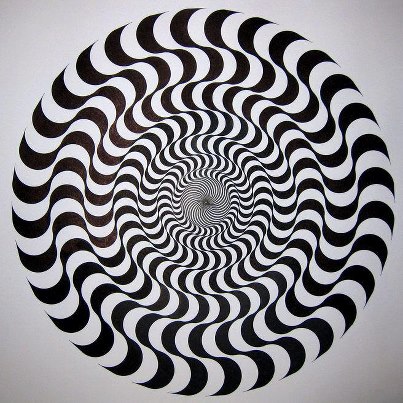
FIRST CHAKRA — SECOND CHAKRA
YOGA’S KUNDALINI METAPHOR
Latent Kundalini energy, potent negatively charged apana, reposes in the lowest esoteric center of the body. Pictured as a serpent coiled in the area analogous to the tailbone, it blocks the portal to liberation, the Sushumna.
The sleeping coiled serpent is awakened by the tapas (heat of devotion) of the yogi. The female goddess, in her serpent form, then begins to uncoil opening the door of the channel to the Absolute. The yogi, utilizing the skills learned through much sincere and diligent practice, entices the Kundalini energy up the spine through the Sushumna. Each successive chakra is entered and aroused, provoking full expression of each chakra’s distinctive attributes and further encouraging the ascent, until the crown of the head is pierced and the thousand petal lotus is entered. This is the locus of the static point of the positive, masculine psycho-spiritual energy, the male god, Shiva. This is complete union, the fullest expression of yoga, perfect and unique to yoga. Unlike other spiritual practices, it includes the body. Not only is the mind transcended, the body is illuminated and experienced as the body of the divine. The physical plane is entwined in the higher realms. The ideal of liberation combines with worldly enjoyment.
